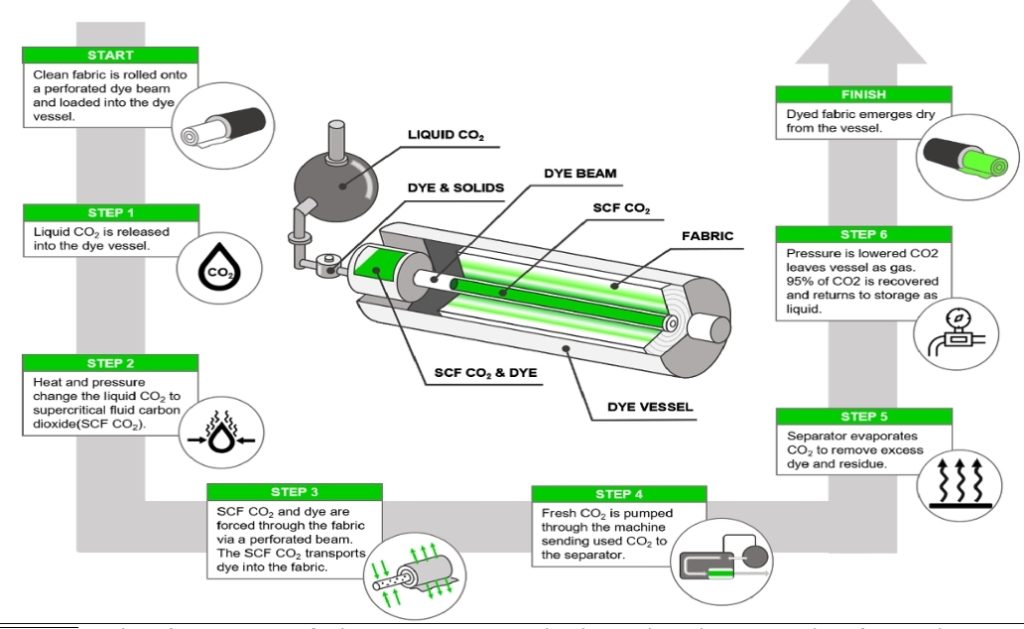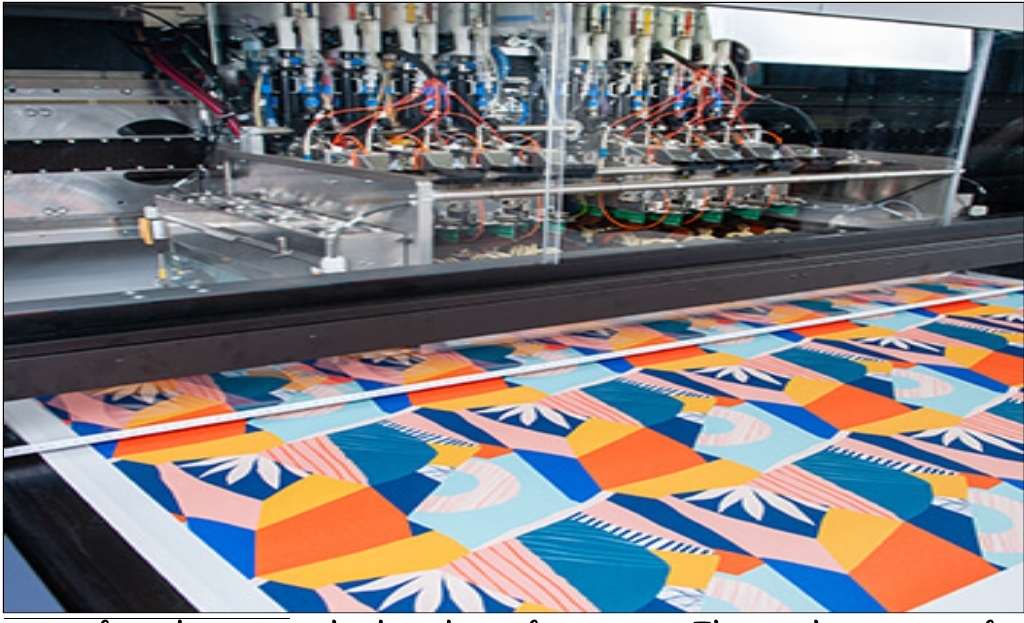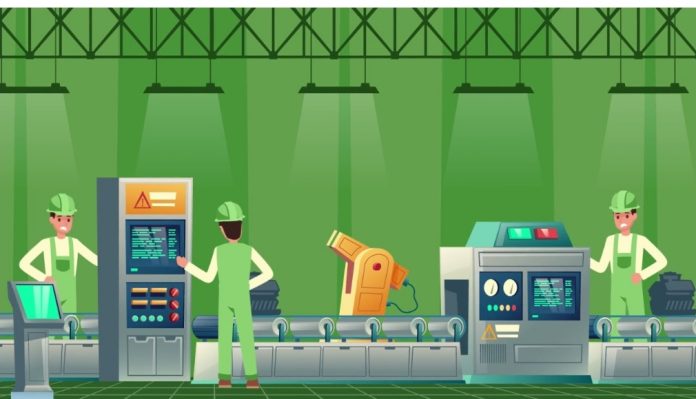Introduction
The textile industry, often celebrated for its creativity and innovation, has long been plagued by one major drawback – its enormous water consumption. Conventional dyeing processes are notorious for their water-intensive nature, posing a significant threat to the environment and contributing to the global water crisis. However, an exciting and sustainable solution is emerging – waterless dyeing. In this article, we explore the concept of waterless dyeing and its potential to revolutionize the textile industry, making it eco-friendlier and more efficient.
The Traditional Dyeing Process
Traditional textile dyeing methods have relied on vast amounts of water to disperse dyes evenly across fabrics. This process involves several steps, including pre-treatment, dyeing, and post-treatment, with each stage consuming a substantial quantity of water. The water used is often contaminated with chemicals and dyes, making it a significant environmental pollutant.

The Environmental Toll
The textile industry is one of the largest contributors to water pollution, primarily due to the dyeing process. Water pollution has devastating effects on aquatic ecosystems, as the discharge from dyeing processes can contain hazardous chemicals and heavy metals. Furthermore, the excessive water consumption contributes to the depletion of freshwater resources, exacerbating global water scarcity concerns.
Waterless Dyeing
Waterless dyeing, also known as dyeing without water or dry dyeing, is a sustainable alternative to traditional dyeing methods. Instead of using water as a medium for dye application, this technique leverages cutting-edge technologies to apply color directly to the fabric, eliminating the need for extensive water usage. Waterless dyeing is a revolutionary approach that eliminates the need for large quantities of water and reduces the environmental impact of textile production. Several innovative techniques are being developed to achieve this goal, with some already making their way into mainstream textile manufacturing.
1. . Dry Dyeing Technology: One of the promising methods is dry dyeing technology. This process uses supercritical carbon dioxide (CO2) as a solvent to disperse and fix dyes onto fabrics. Unlike traditional water-based dyeing methods, dry dyeing technology eliminates the need for water altogether. It also has the added benefit of reducing energy consumption, as the CO2 can be easily recovered and reused
2. Digital Printing: Another waterless dyeing method is digital printing. This technique applies dyes directly to the fabric’s surface using specialized inkjet printers. Digital printing offers precise color control, minimal waste, and the ability to produce small batches, making it a sustainable and versatile alternative to traditional dyeing.

3.Chemical Bonding: Some researchers are exploring the concept of dye molecules that chemically bond with fabric fibers, eliminating the need for water to disperse the dye. These molecules can be activated through heat or other chemical processes, ensuring the color remains vibrant and long-lasting.
Benefits of Waterless Dyeing
The adoption of waterless dyeing methods comes with a range of benefits, both for the textile industry and the environment:
1. Water Conservation: Waterless dyeing eliminates the need for vast amounts of water, significantly reducing water consumption in textile production.
2. Reduced Chemical Usage: Many waterless dyeing technologies use fewer chemicals, leading to a decrease in harmful effluents.
3. Energy Efficiency: Waterless dyeing processes often require less energy, as they don’t involve the heating and cooling of large volumes of water.
4. Customization and Reduced Waste: Techniques like digital printing allow for on-demand and small-batch production, reducing waste and enabling greater customization.
5. Environmental Sustainability: Waterless dyeing methods play a crucial role in reducing the environmental footprint of the textile industry, making it more sustainable and responsible.
Challenges and Future Prospects
While waterless dyeing technologies hold immense promise, they are not without their challenges. The initial cost of implementing these technologies, as well as the need for industry-wide adoption, poses a barrier. Additionally, further research is required to ensure the long-term durability and eco-friendliness of waterless dyeing processes.
However, the potential of waterless dyeing to revolutionize the textile industry is undeniable. With increased investment in research and development and greater awareness of the environmental impact of traditional dyeing methods, waterless dyeing may soon become the standard in the textile industry.
Conclusion
Waterless dyeing represents a significant step towards a more sustainable and environmentally responsible textile industry. By eliminating or drastically reducing the need for water and reducing chemical usage, this innovative approach promises to mitigate the environmental damage caused by traditional dyeing methods. As the industry moves towards adopting these innovative technologies, the hope is to create a brighter, cleaner, and more sustainable future for fashion and textiles.


